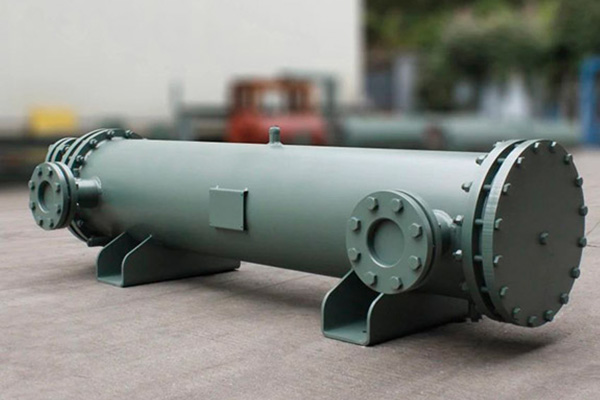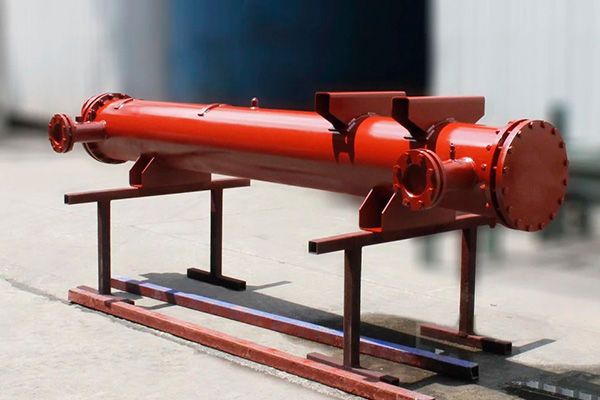In various industrial applications, heat exchangers are crucial in transferring heat between two or more fluids. Their ability to withstand extreme conditions makes them essential in chemicals, food processing, and pharmaceuticals. A significant consideration when choosing a heat exchanger is the material it’s made from, and many industries are increasingly opting for fully stainless steel models. But how much more expensive are these stainless steel heat exchangers compared to their standard counterparts?

Typically, a fully stainless steel heat exchanger costs about 30% to 50% more than those made from standard materials like carbon steel or copper alloys. This price difference is driven by several key factors:
1. Material Costs:
The primary reason for the higher price tag is the cost of the material itself. Stainless steel, particularly higher grades like 316L or 316Ti, is significantly more expensive than regular steel. These premium grades offer enhanced corrosion resistance, higher temperature tolerance, and superior mechanical strength, which are crucial for applications where harsh chemicals or extreme temperatures are involved. The cost associated with sourcing and manufacturing these materials directly contributes to the overall expense of the heat exchanger.
2. Processing Difficulty:
The manufacturing process for stainless steel is also more complex. The hardness and toughness of stainless steel require advanced processing techniques and specialized equipment, such as laser cutting and precision welding. These processes not only increase the manufacturing costs but also necessitate skilled labor, further adding to the overall expense. Consequently, manufacturers must invest in better technology and training to ensure quality production, which can influence the final pricing of the heat exchangers.
3. Design and Maintenance:
When it comes to design, fully stainless steel heat exchangers require careful consideration of material properties to ensure optimal performance. The design process often involves sophisticated modeling and simulations to accommodate the unique characteristics of stainless steel. While the maintenance costs for stainless steel exchangers are generally lower due to their durability and resistance to corrosion, the initial design and engineering costs can be higher. However, over time, the reduced maintenance frequency and costs can make the overall lifecycle expenses more favorable compared to standard exchangers.
4. Performance Advantages:
One of the most compelling reasons to invest in a fully stainless steel heat exchanger is the performance benefits. Despite the higher initial investment, these heat exchangers offer efficient heat transfer capabilities, low maintenance requirements, and an extended lifespan. Their resilience against corrosion and damage means they can operate effectively for many years, translating to cost savings in the long run. This enhanced performance not only improves the efficiency of industrial processes but also contributes to sustainability goals by minimizing downtime and maintenance needs.

In conclusion, while the upfront cost of fully stainless steel heat exchangers is higher than that of standard materials, the benefits they provide—ranging from improved performance and safety to long-term economic advantages—make them a worthwhile investment for specific industries and applications. When evaluating options, businesses must consider both the initial expenses and the long-term value of selecting a heat exchanger that can withstand the demands of their operations. Ultimately, the choice of material can significantly influence operational efficiency and profitability, making it a critical factor in the procurement process.
评论
发表评论